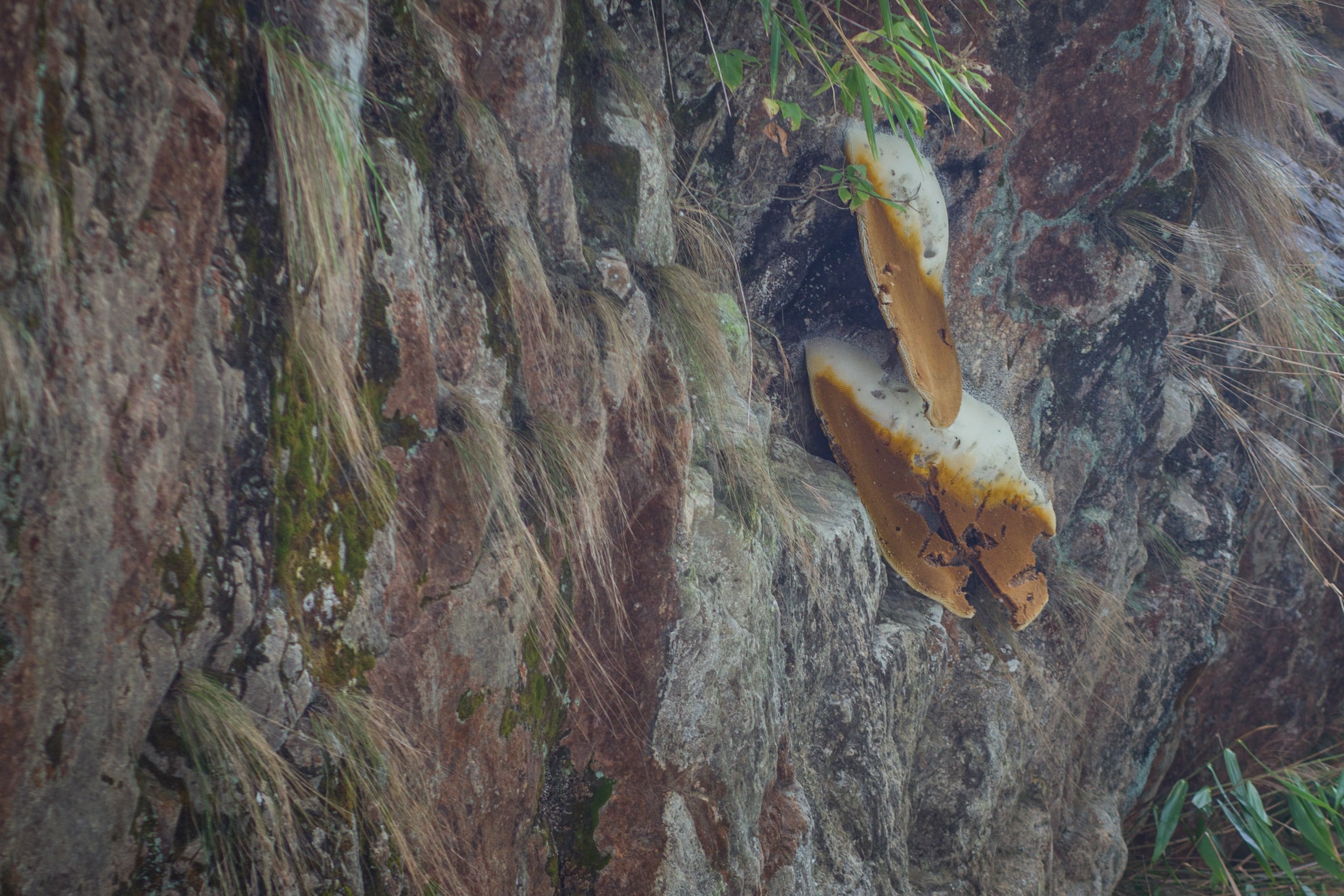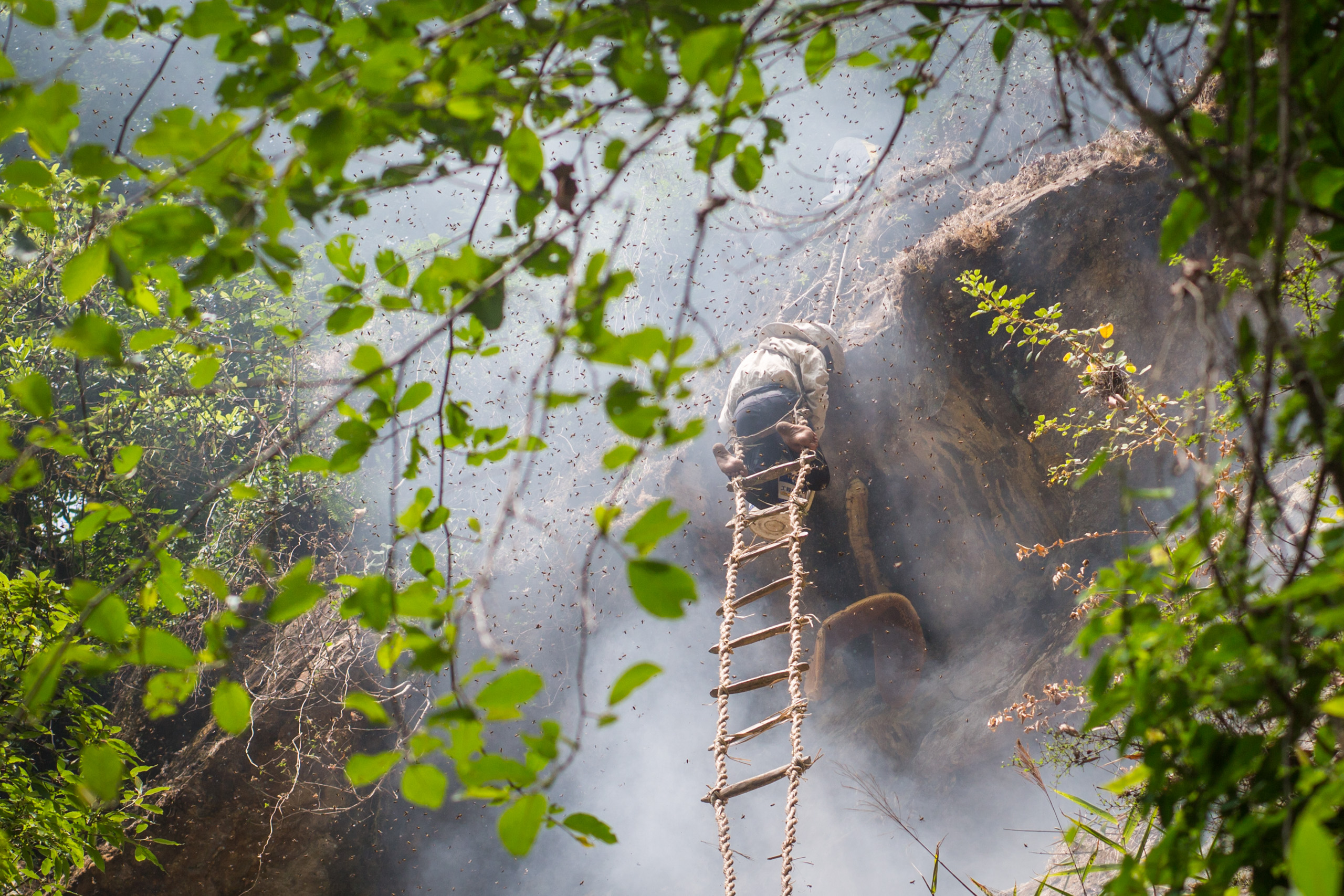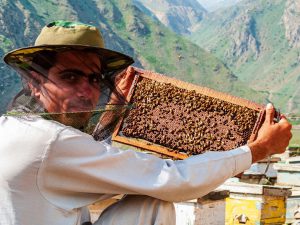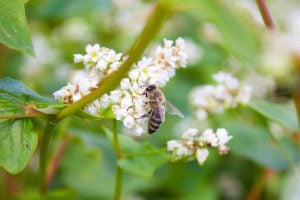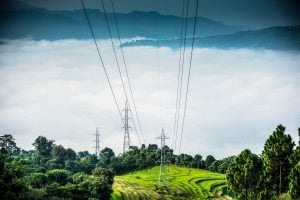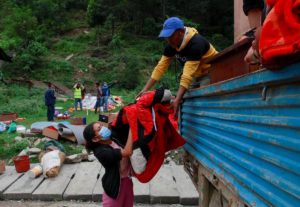Ganga Bahadur Gurung is praying quietly to the gods. He is asking the water god, earth god, fire god, wind god and snake god for their blessing with a honey hunt: members of his hunting group are about to climb down a 50-metre-high cliff on a swaying handmade rope ladder and prise honeycomb away from the world’s largest honeybees.
“The wild honeybees make hives only in the safe cliffs where there are gods,” explains Ganga, as he asks the deities to make the hunt safe and successful.
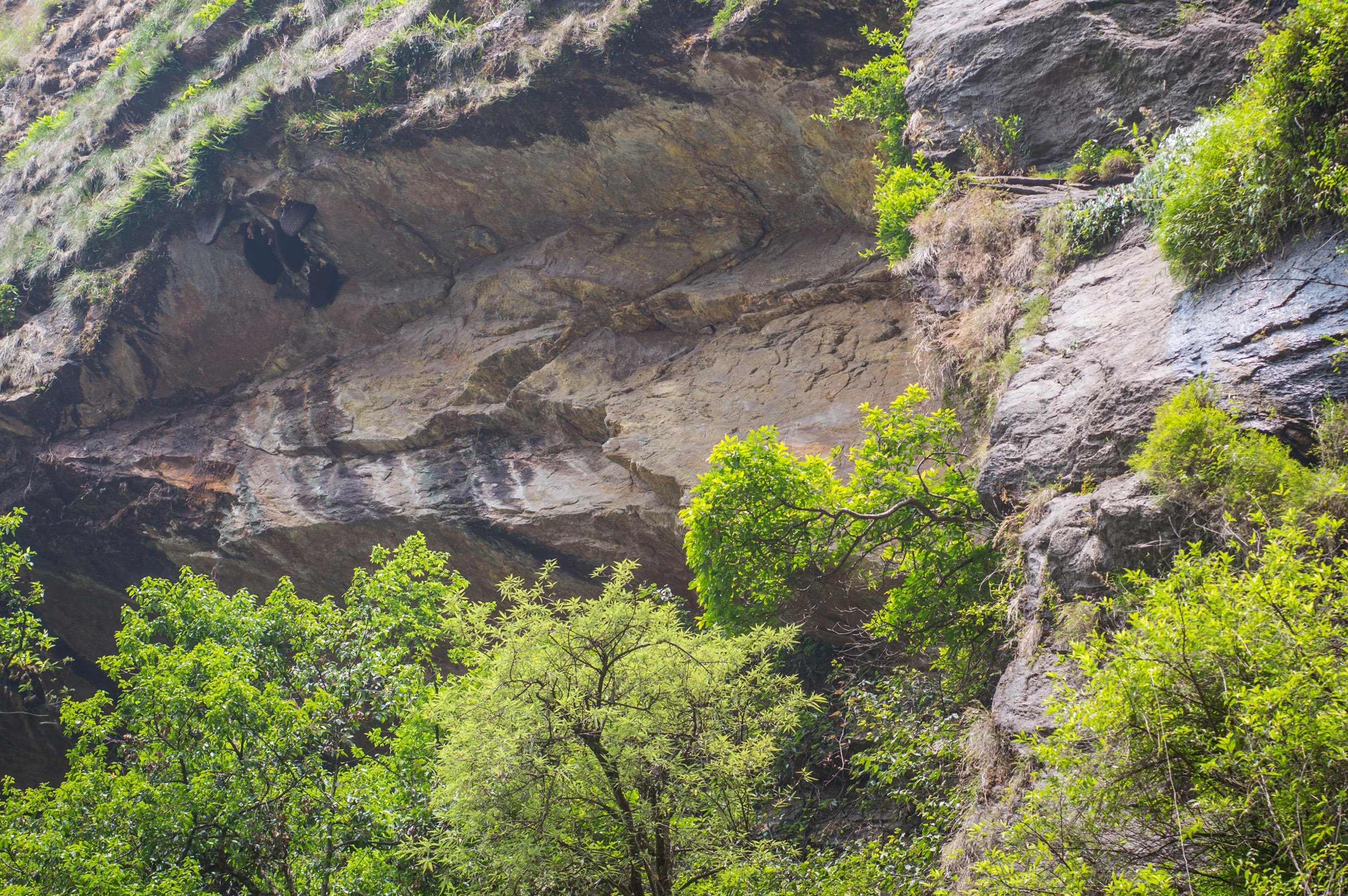
Harvesting honey from the cliffs is an ancient tradition in the foothills of the Nepal Himalayas. Men from the Gurung ethnic group, who live in the hills and mountains of central Nepal and northern India, have been risking their lives this way for thousands of years. The hunt, which happens twice a year in autumn and spring, is tightly woven into the Gurung’s culture, with festival celebrations in villages.
In Nepal, the honey of the Himalayan giant honeybee (Apis laboriosa) is predominantly hunted by the Gurung, according to Surendra Raj Joshi, a senior resilient livelihoods specialist at the International Centre for Integrated Mountain Development. The species is mainly found in the Hindu Kush Himalayan region of southern Asia. In Bhutan, people of Nepali origin also practice honey hunting. In India, Yunnan province in southwest China, Myanmar, Laos and Vietnam, people mostly hunt for the honey of the lowland giant honeybee (Apis dorsata).
Ganga is the leader of the 15-strong honey hunting group from Naiche, a village in Marshyangdi rural municipality of Nepal’s central Gandaki province. Naiche sits in a gorge created by the Nyadi River (a tributary of the Marshyangdi River) when the Himalayas first formed.
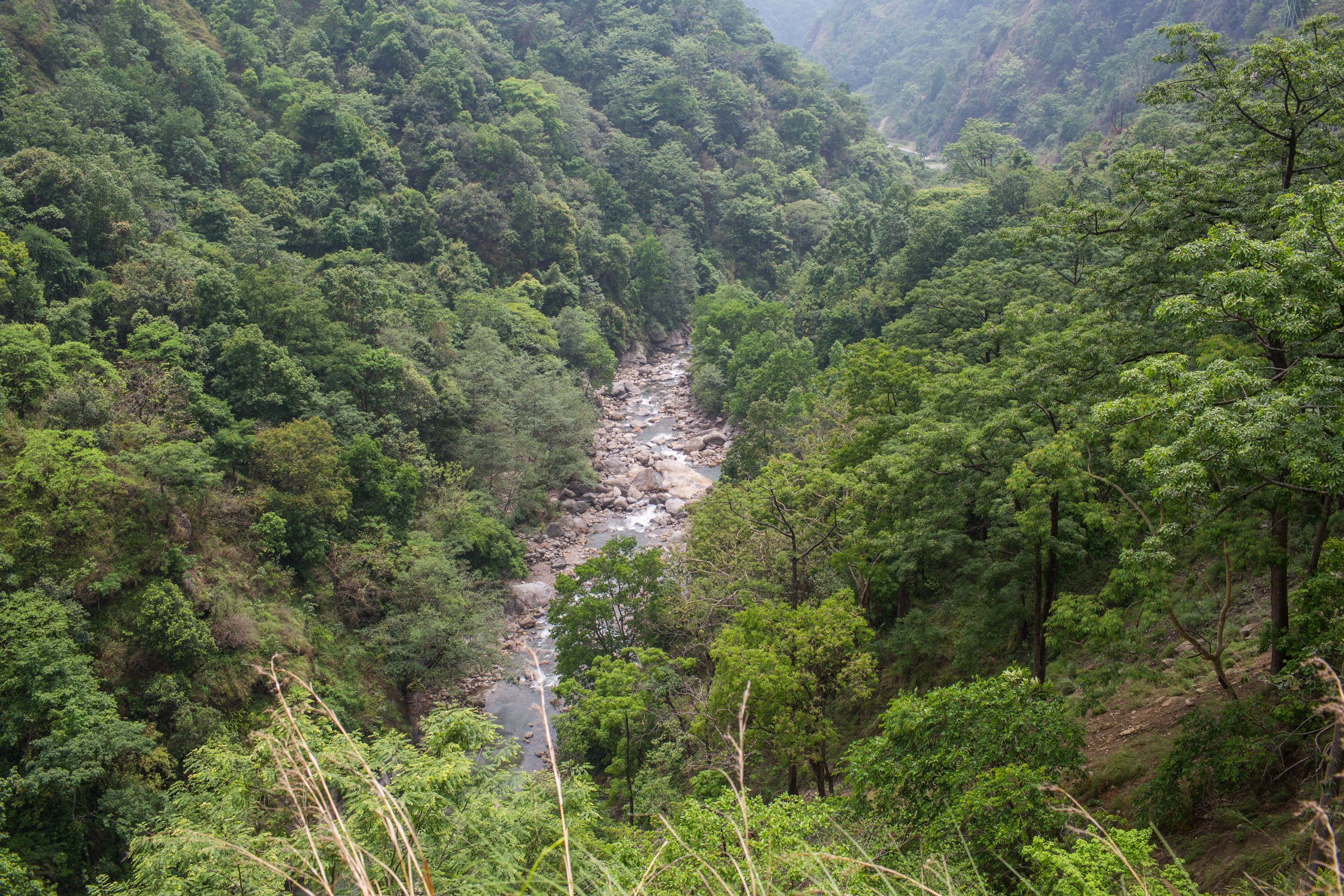
For a long time, wild honey was plentiful on the cliffs around Naiche, but this is changing.
Ganga comes to the end of the prayer. The 48-year-old begs the bees – which grow to 3 cm long – for forgiveness for destroying their nests, and asks that they keep the group’s children safe.
Leaving the rest of the group at the base of the cliff, two hunters, Bicche Man Gurung and Prabin Gurung, climb to the top and fasten the rope ladder that will allow them to clamber down and reach the nests.
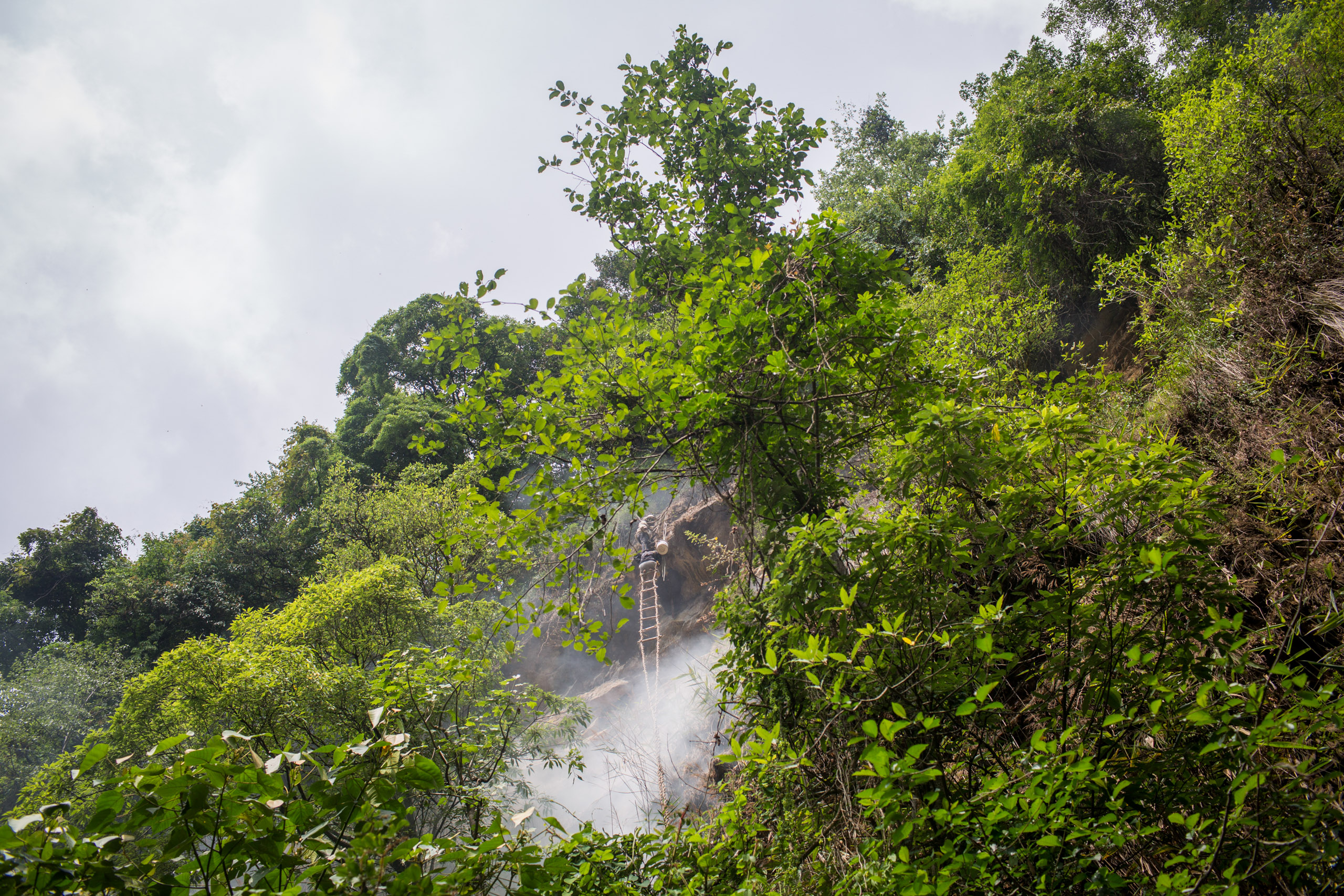
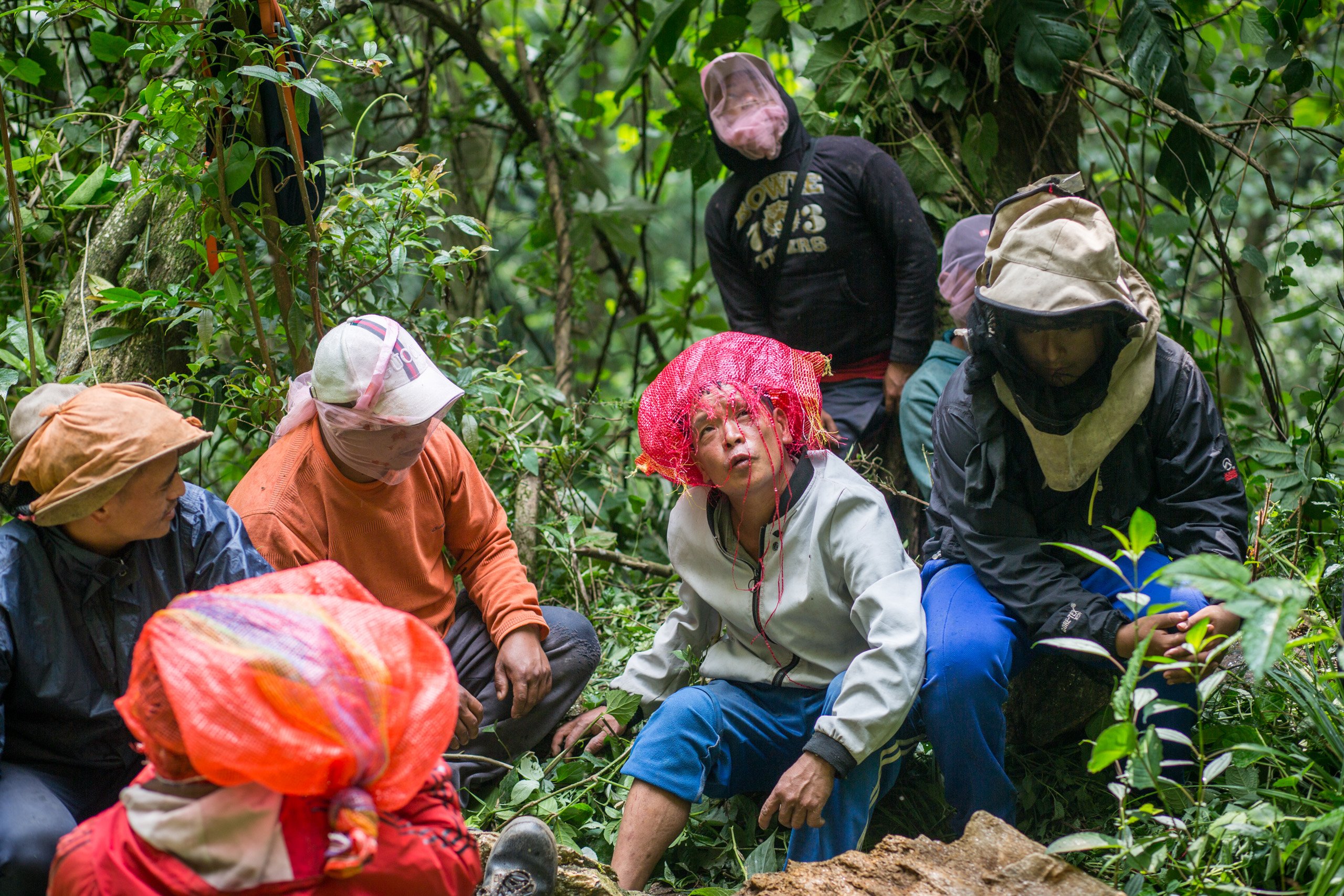
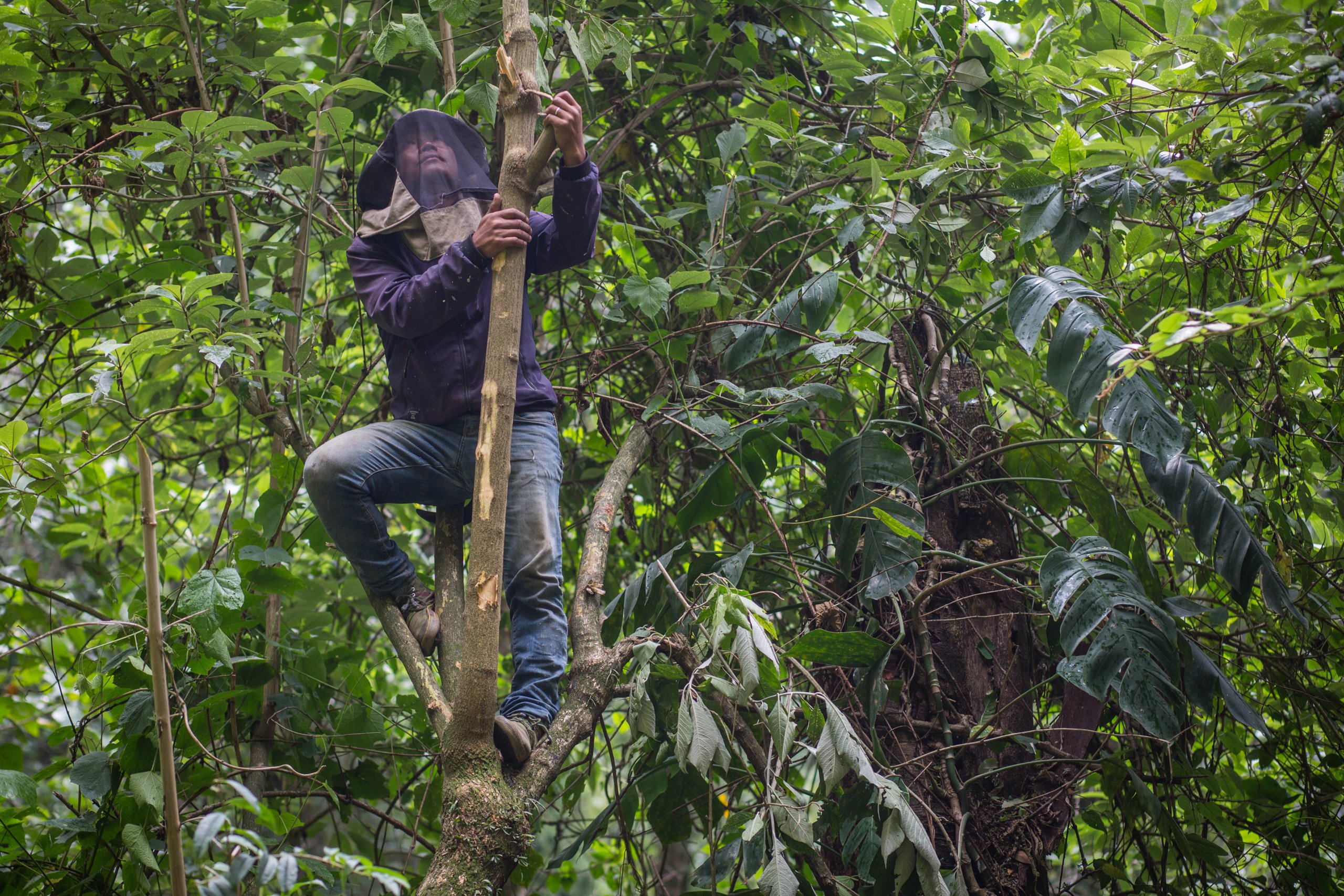
The hunt is safe but unsuccessful, despite Ganga’s prayers. When a bucket containing honeycomb is passed down by the hunters, the group find that it is dry. Ganga says in the past they might harvest as much as 15 litres of honey from a big nest on this cliff; today there is less than 200 millilitres.
This is the third time in the past 10 years the group has had a poor harvest on the Kamcho cliff.
At the end of the hunt, Ganga thanks the bees and blesses the colony so that it may flourish and spread to create 100 colonies by next year.
Ganga says: “Nature is our god; we have to respect and harvest carefully, as our ancestors did, so that harvesting continues for centuries to come.”
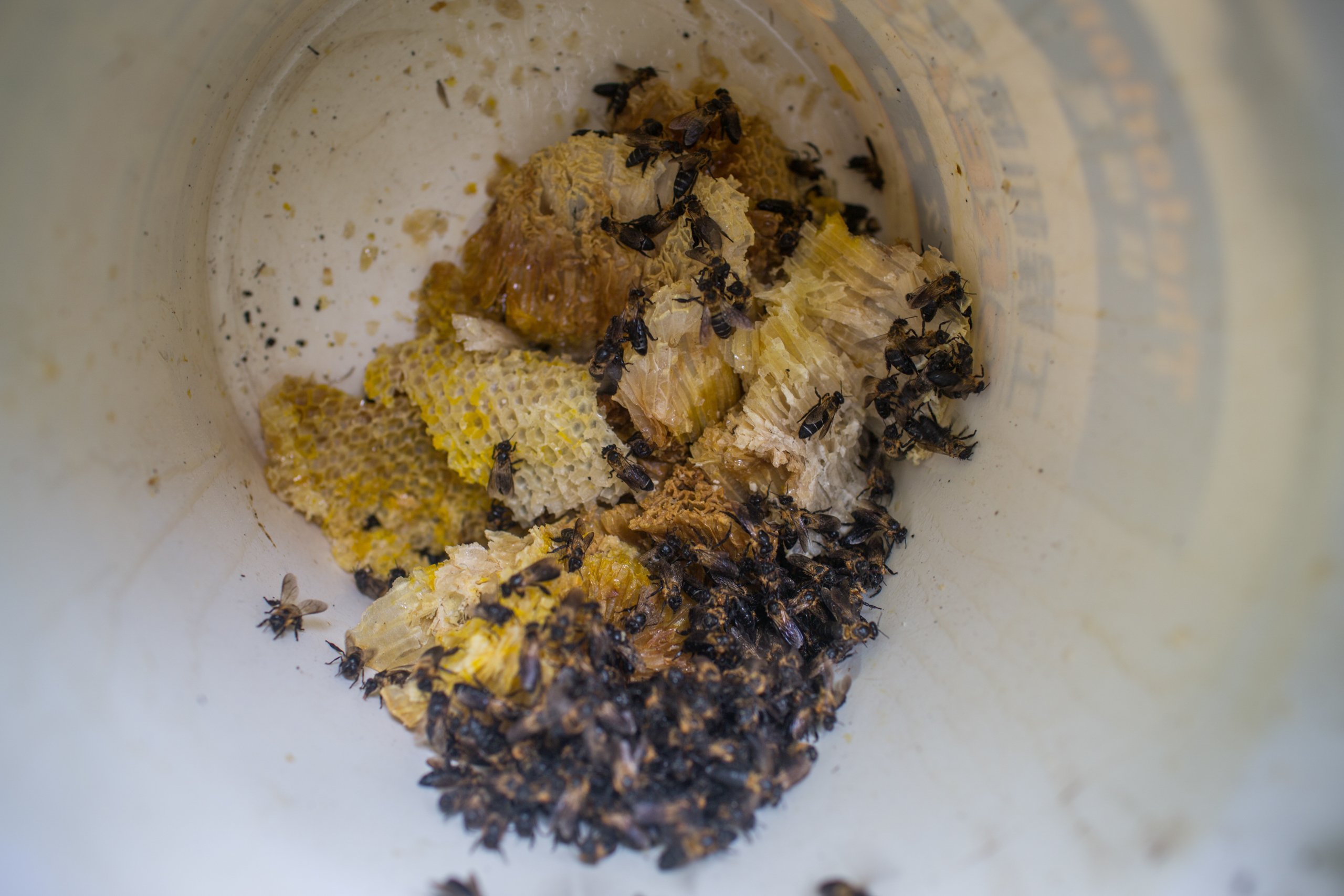
Fewer bees, greater demand for honey
Ratna Thapa, senior bee scientist at Tribhuvan University in Kathmandu, says that the species is declining at an alarming rate in Nepal. “Every year there is a 70% decline in the Himalayan cliff honeybee population,” he says.
Surendra Raj Joshi, a senior resilient livelihoods specialist at the International Centre for Integrated Mountain Development (ICIMOD), says: “The data from Kaski and Lamjung districts, anecdotal evidence and reports from other countries suggest that there is a decrease both in the number of colonies per cliff and the total number of cliffs nested by bees,” stressing that this varies by district and country.
Thapa and Joshi attribute this rapid decline to a range of factors, listing pesticides, loss of habitat and food sources, infrastructure development, and attacks by pests and predators. Another important driver they identify is “destructive honey hunting practices”.
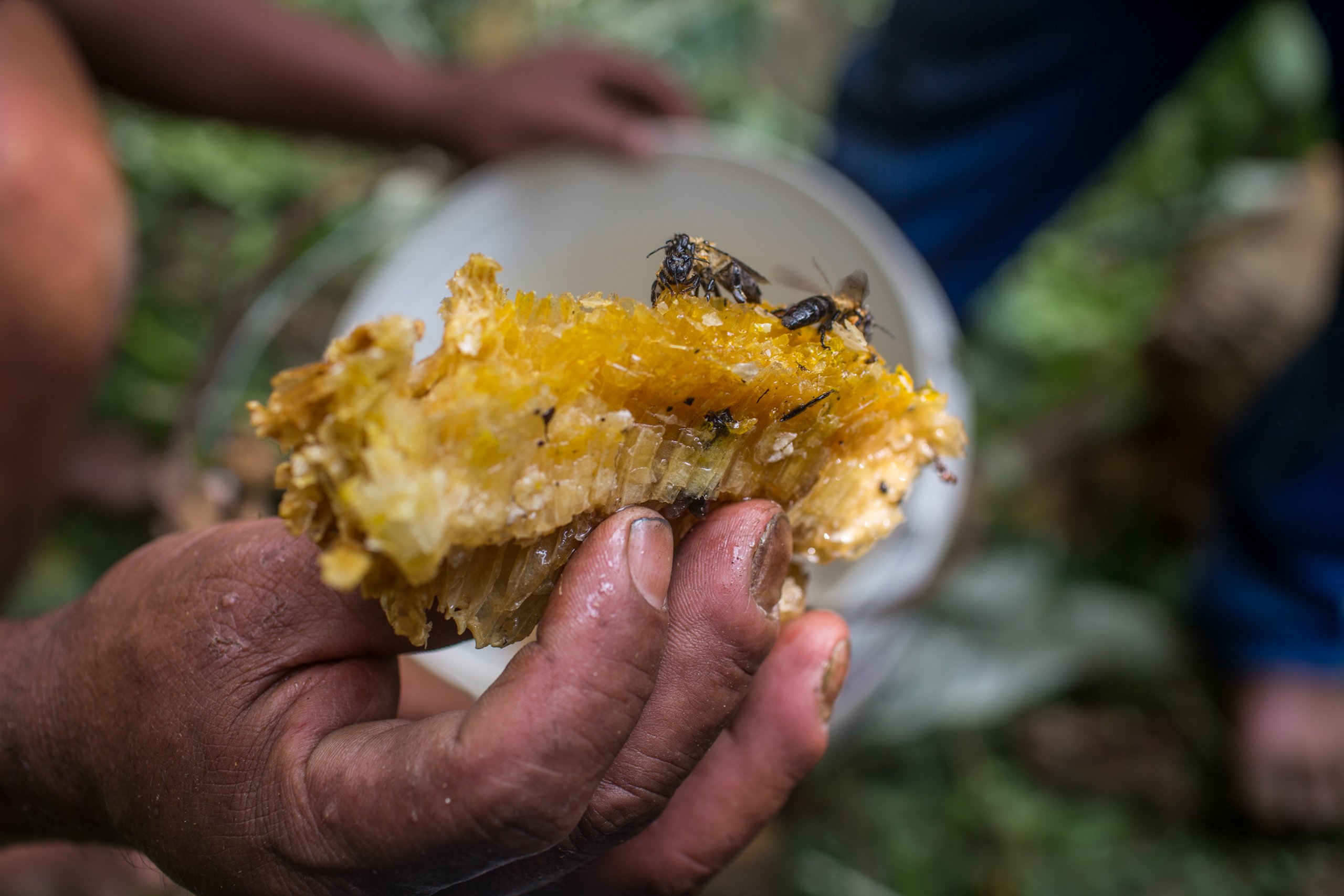
Twenty years ago, the honey harvested by the villagers of Naiche sold for around USD 3.5 per litre. Today, it is one of their main sources of income, selling for USD 20 per litre according to Ganga. On the international market prices are far higher. The increase has been driven by rising global demand for the honey.
Ganga says: “Two decades ago wax was more valuable than honey, so we used to harvest it after the bees had left the hive. At that time, the honey was used to make local alcohol or was mixed with tobacco… No one would buy the honey.”
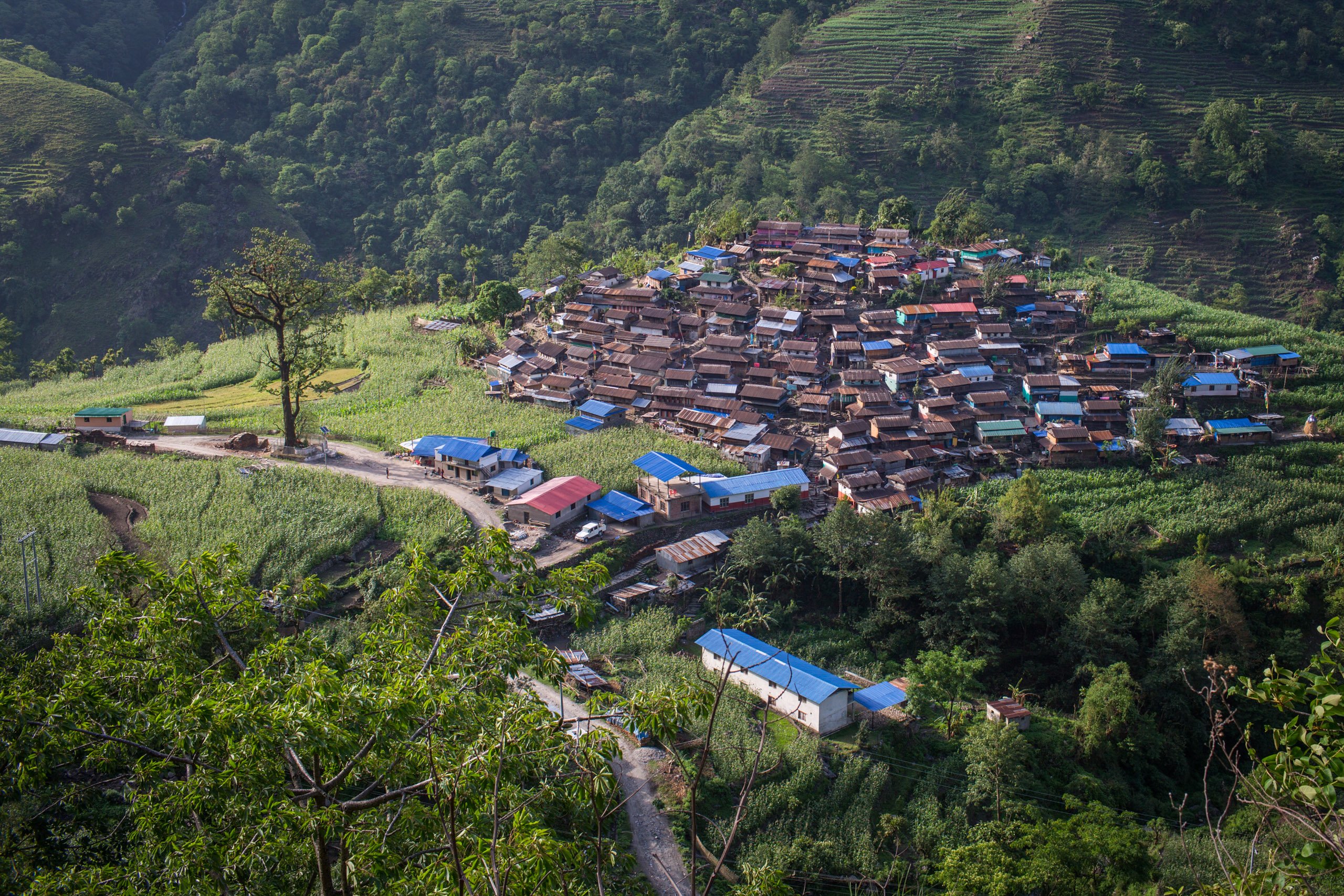
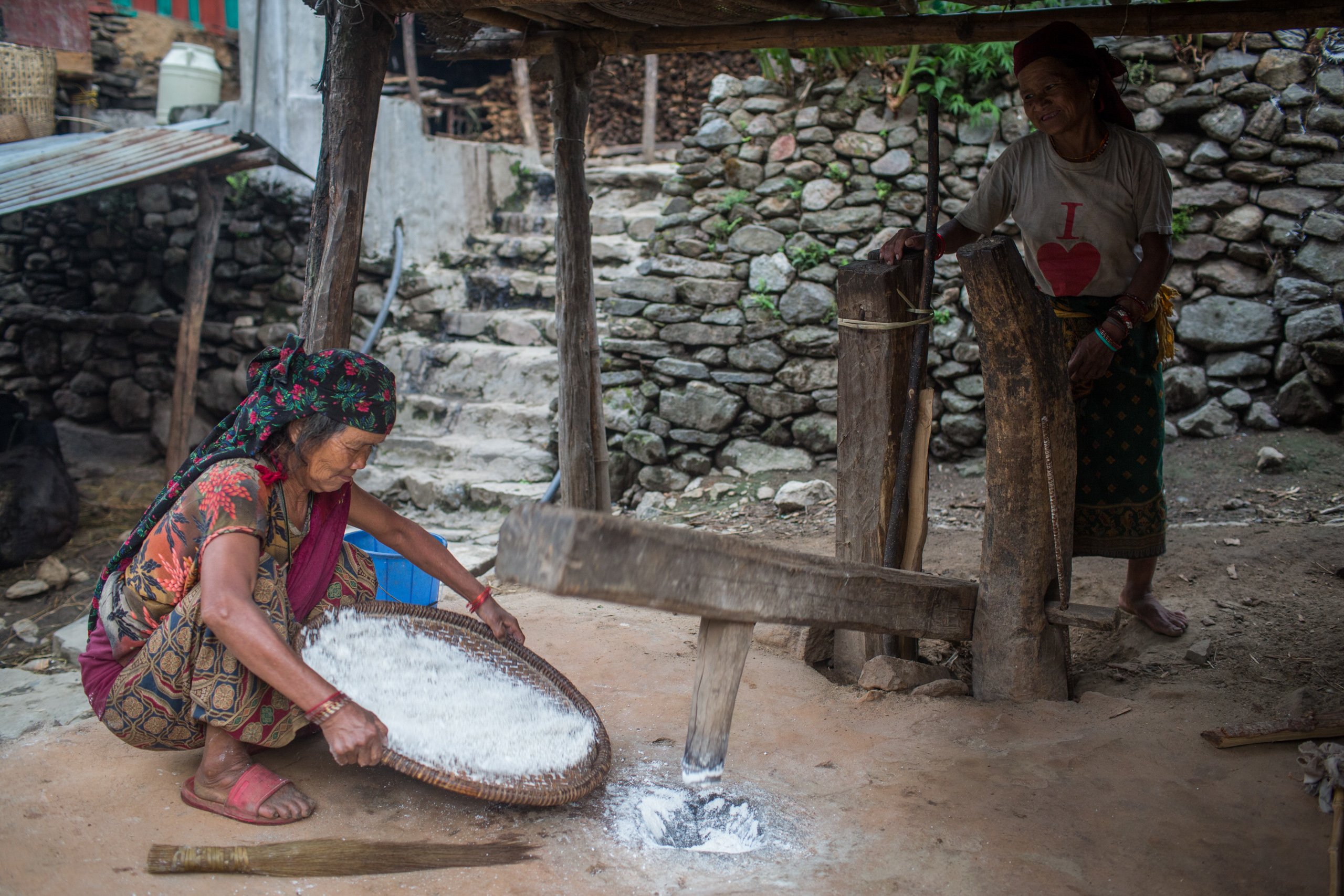
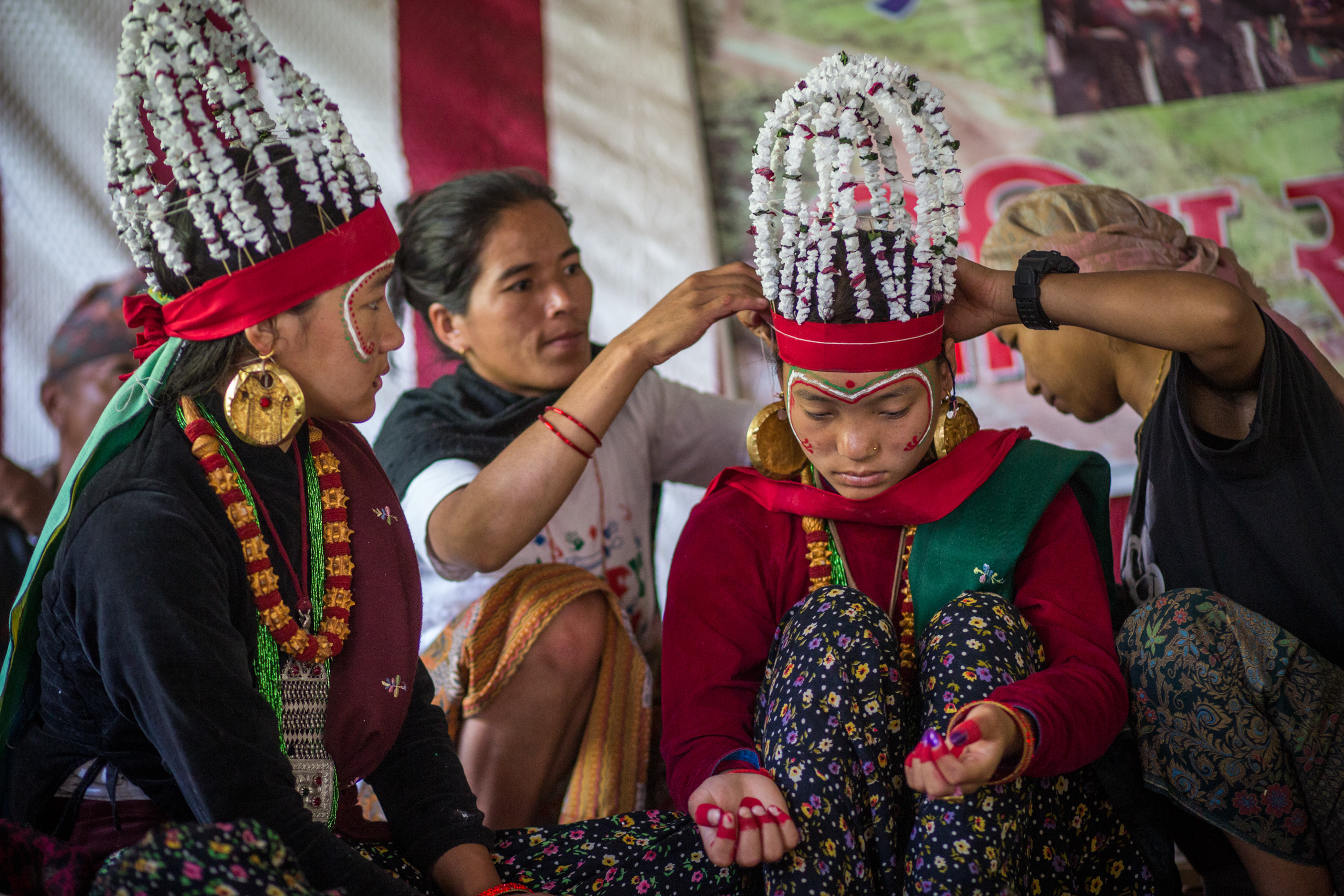
Sanjay Kafle is chief executive and founder of Best Mad Honey, a company based in Nepal that exports cliff honey around the world. He says his company exports three to four tonnes a year, and that this is “increasing every year”.
The rise in demand for the honey has been driven by enthusiasm for its psychoactive effects. Known as “mad honey”, in small amounts it can cause lightheadedness and euphoria, and hallucinations in larger doses. It is believed to have medicinal properties, such as improving cholesterol and joint problems, but has also been established to be capable of causing poisoning.
“People have realised the medicinal value of this honey and scientists may have proved it, that’s why we are making money from it these days,” says Ganga.
But bee expert Ratna Thapa disagrees. “I have not seen or read any scientific research paper that proves its medicinal value. Instead, what I can say is that it has a chemical called grayanotoxin that affects our nervous system,” he says.
Grayanotoxin is found in the leaves and flowers of rhododendron plants, which are abundant in the Nepal Himalayas.
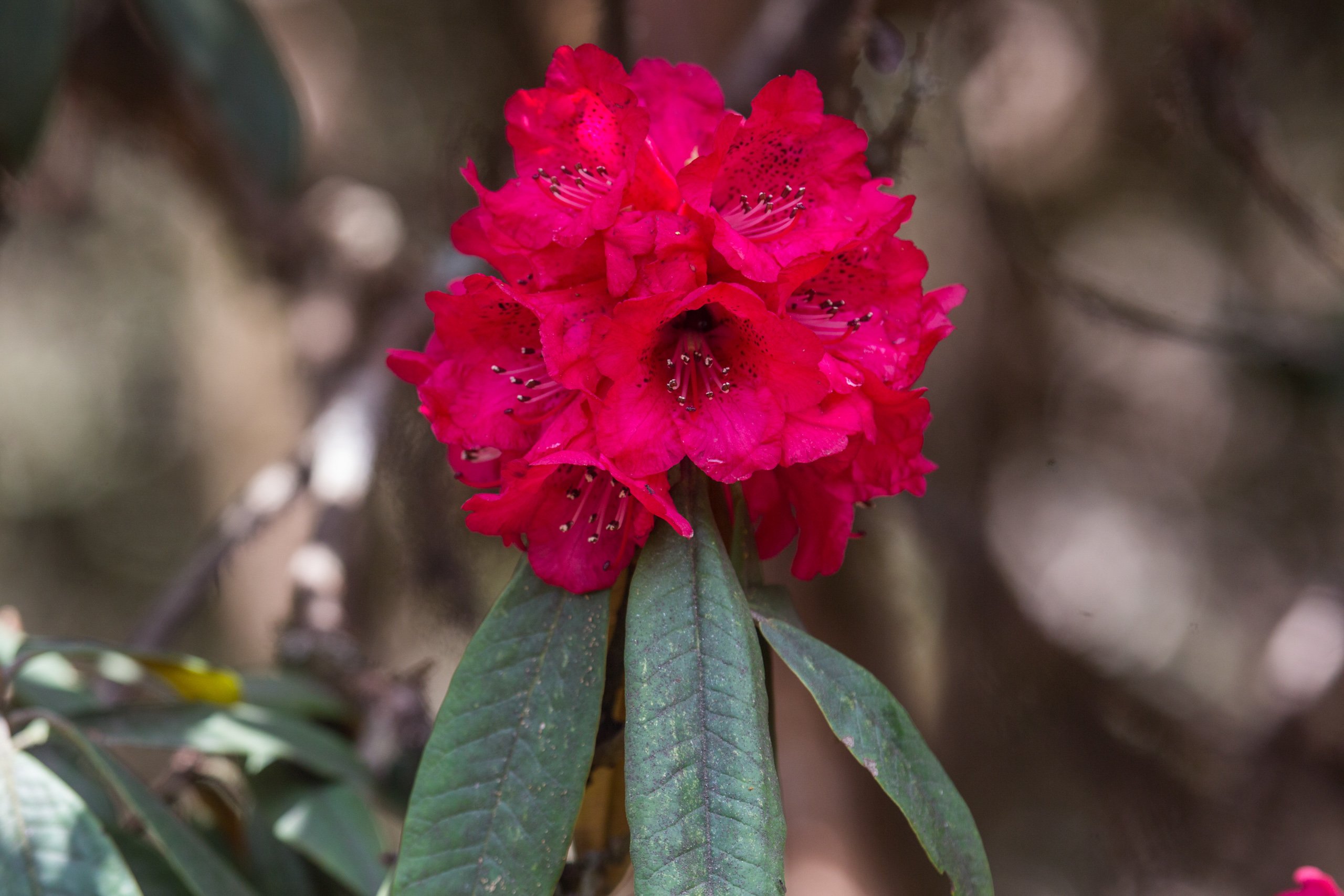
Thapa points out that Himalayan giant honeybees are a “major pollinator” of high-altitude vegetation.
With the species found at 4,200 metres above sea level, where no other honeybees occur, many flowering plants depend on it, adds Joshi, the ICIMOD livelihoods specialist.
“The value of the honey collected from these bees is nothing in comparison with the ecosystem services that they provide to us in high-altitude biodiversity conservation,” says Thapa.
“If Himalayan cliff honeybees go, all the species of Nepal’s national flower, the rhododendron, will follow.”
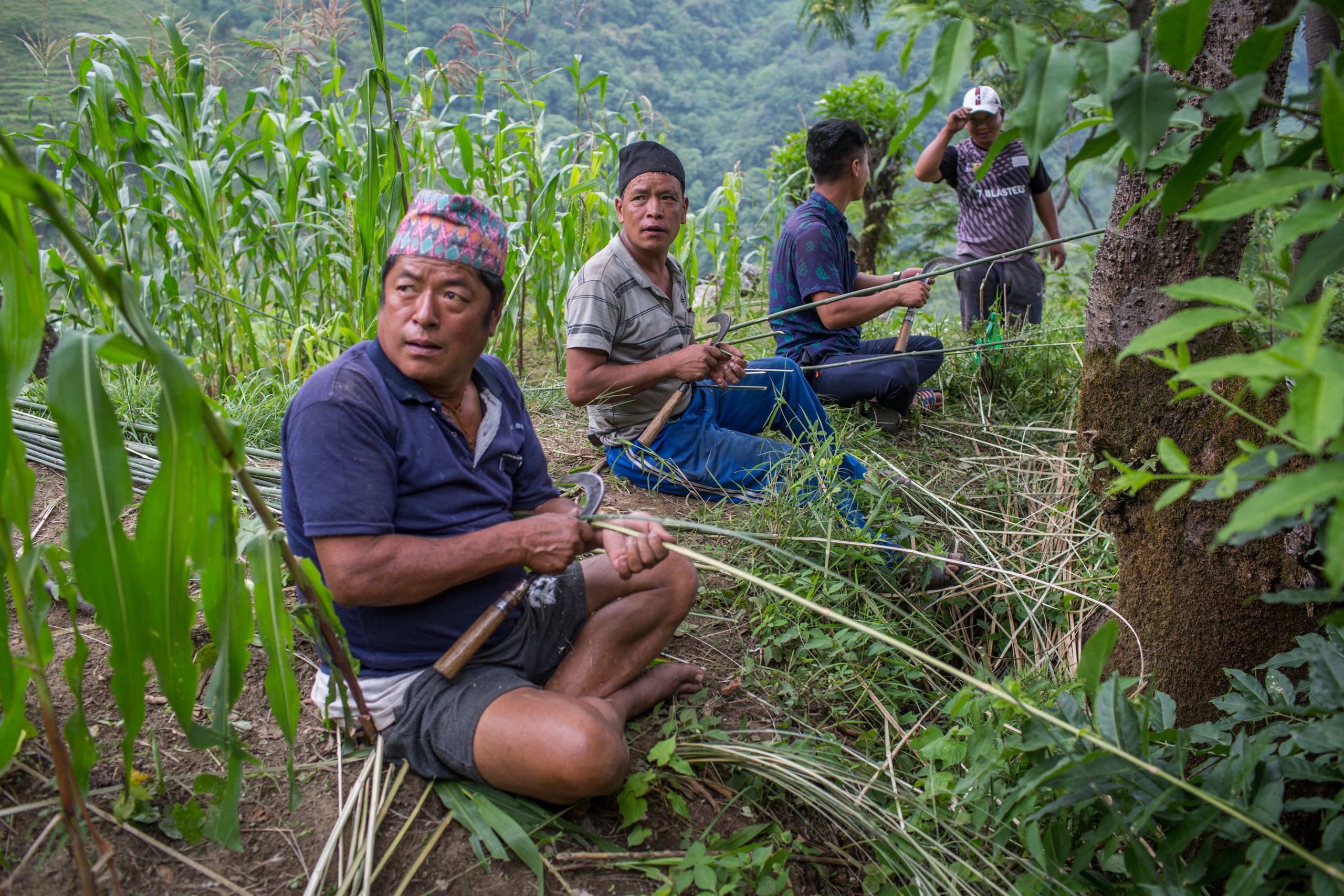

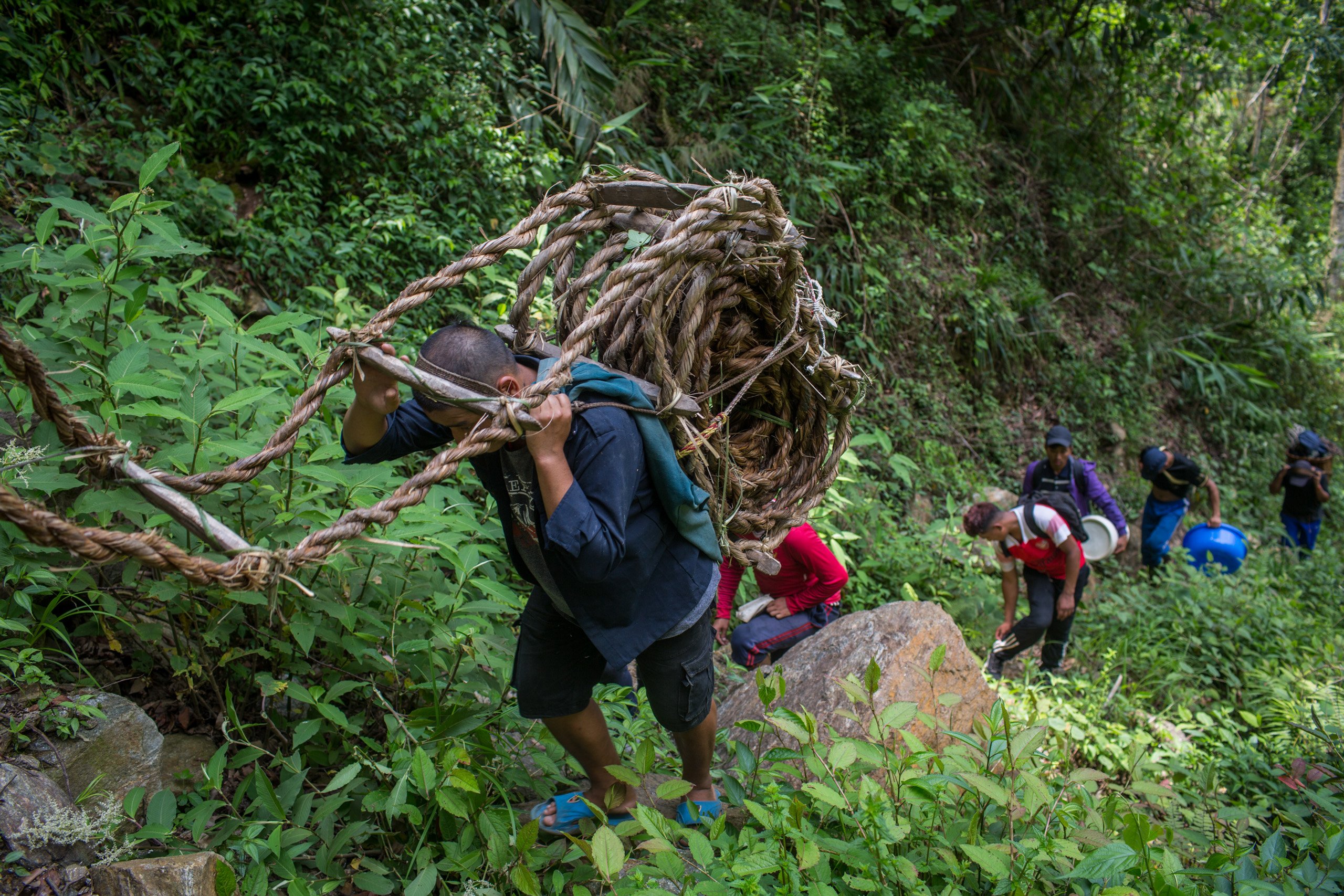
“Honey hunting is one of the bases for tourism,” says Arjun Gurung, the chair of Marsyangdi rural municipality, adding that the local government is keen to increase its promotion to encourage tourists.
“Honey hunting is practiced in a traditional way; we do not want to disturb the traditional ways and rights of the villagers,” he stresses.
Arjun told The Third Pole the authorities were not aware of the importance of the bees to biodiversity. When asked what conservation efforts are being made by the local authority, he said: “We have not yet seen any need as we have not had any complaints about the loss of nesting sites… if there is a need for conservation we will do it.”
Ratna, meanwhile, says that honey harvesting should be stopped and eco-tourism activities developed, such as symbolic hunting performances. He suggests that groups can show how they hunt on real honey hunting cliffs without actually harvesting the honey – generating income from tourism without negatively impacting the bees.
ICIMOD’s Joshi recommends a range of measures to make honey harvesting more sustainable. These include harvesting only a portion of the comb and leaving half of newly built combs undisturbed. He also advises raising awareness of the importance of forests and nesting sites; giving honey hunters ownership and management responsibility of cliffs to incentivise their protection; and ecotourism activities such as bee-watching tours.
How dams impact bees
Overharvesting is not the only threat to the Himalayan giant honeybee. Across the Nepal Himalayas, earth-blasting and the construction of roads and dams is impacting the fragile mountain ecosystem.
In the Nyadi river basin, where the honey hunters from Naiche village live, there are five hydropower projects: three on the Nyadi’s mainstream and two on its tributaries. Two of these are already in operation, while the others are still being built.
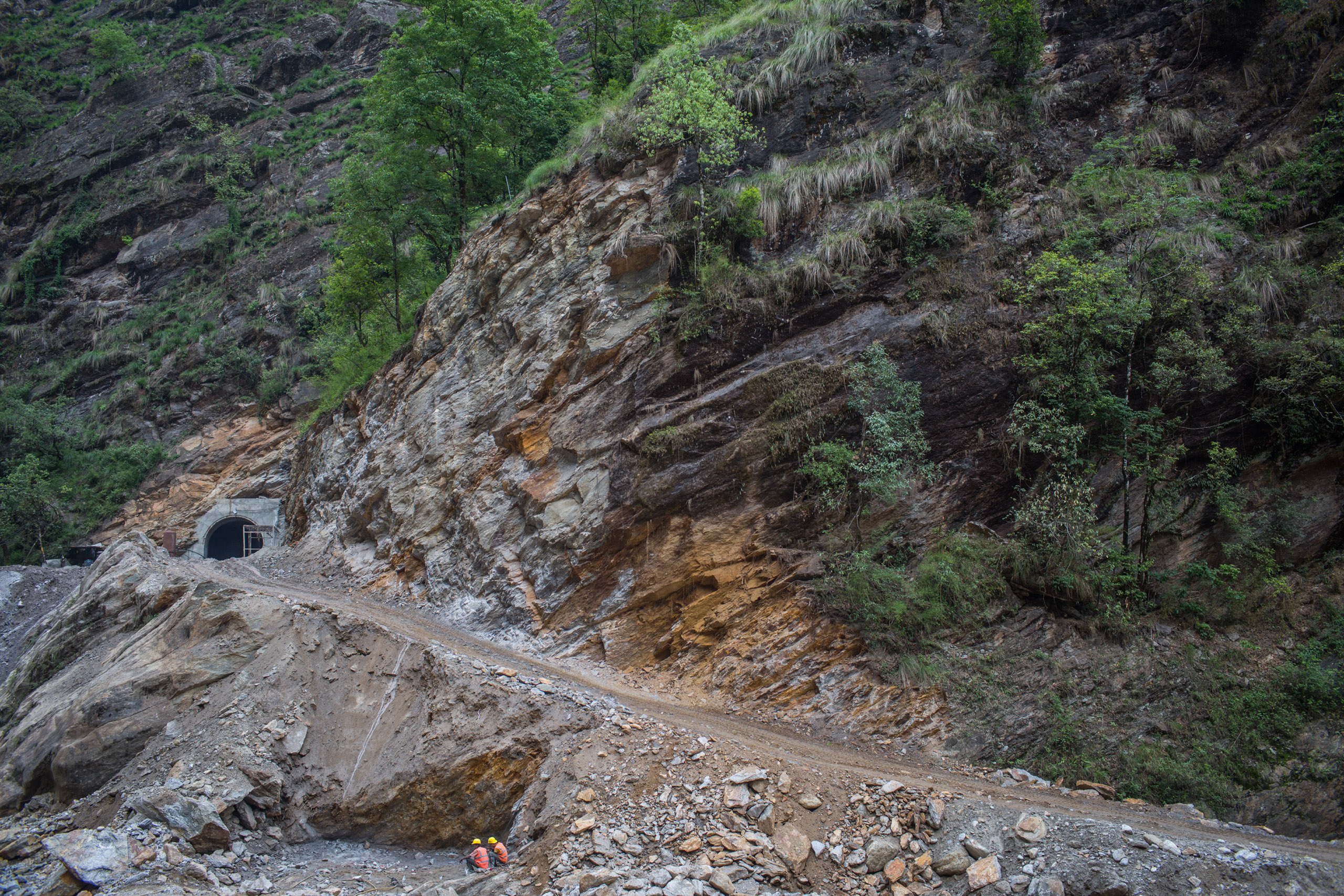
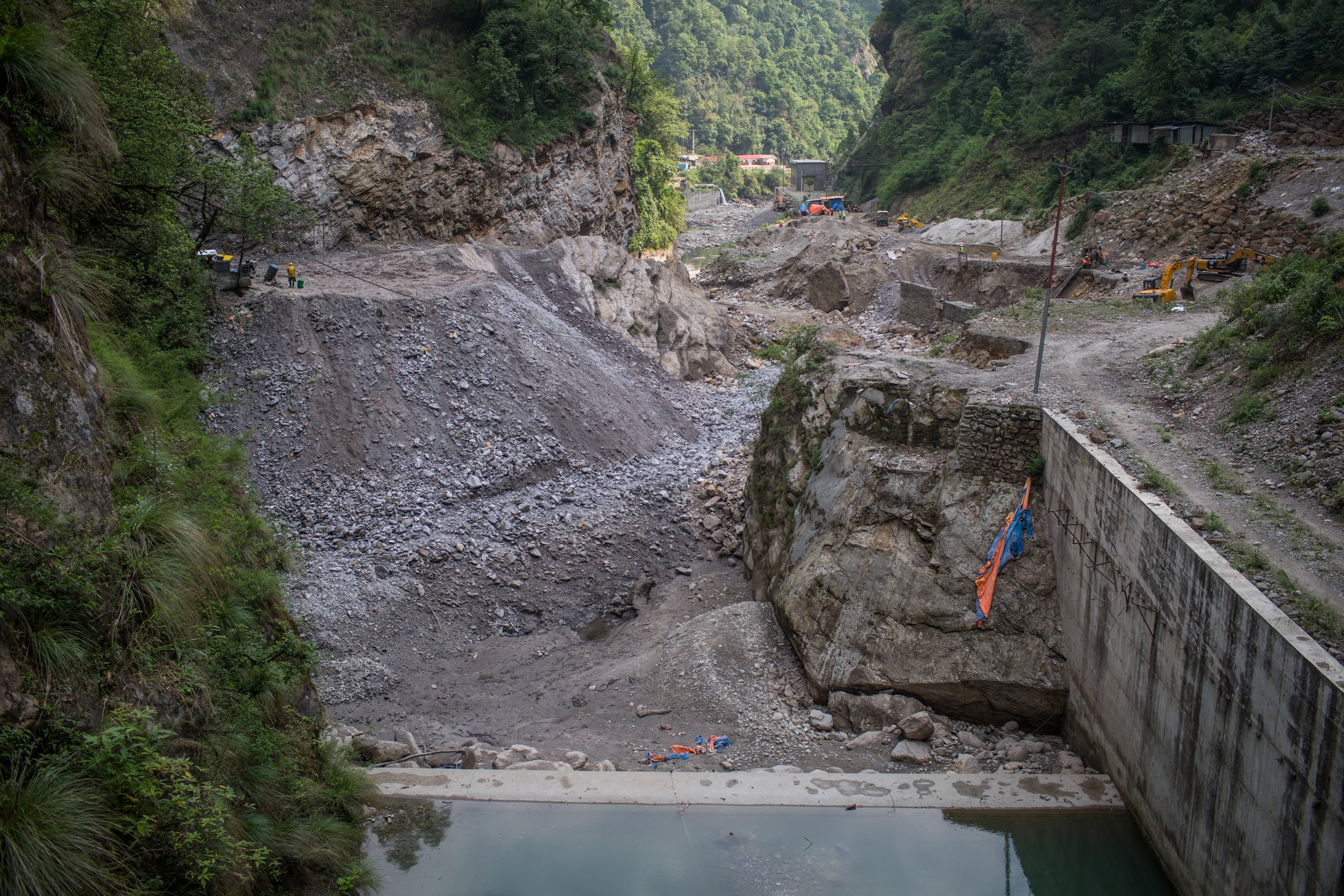
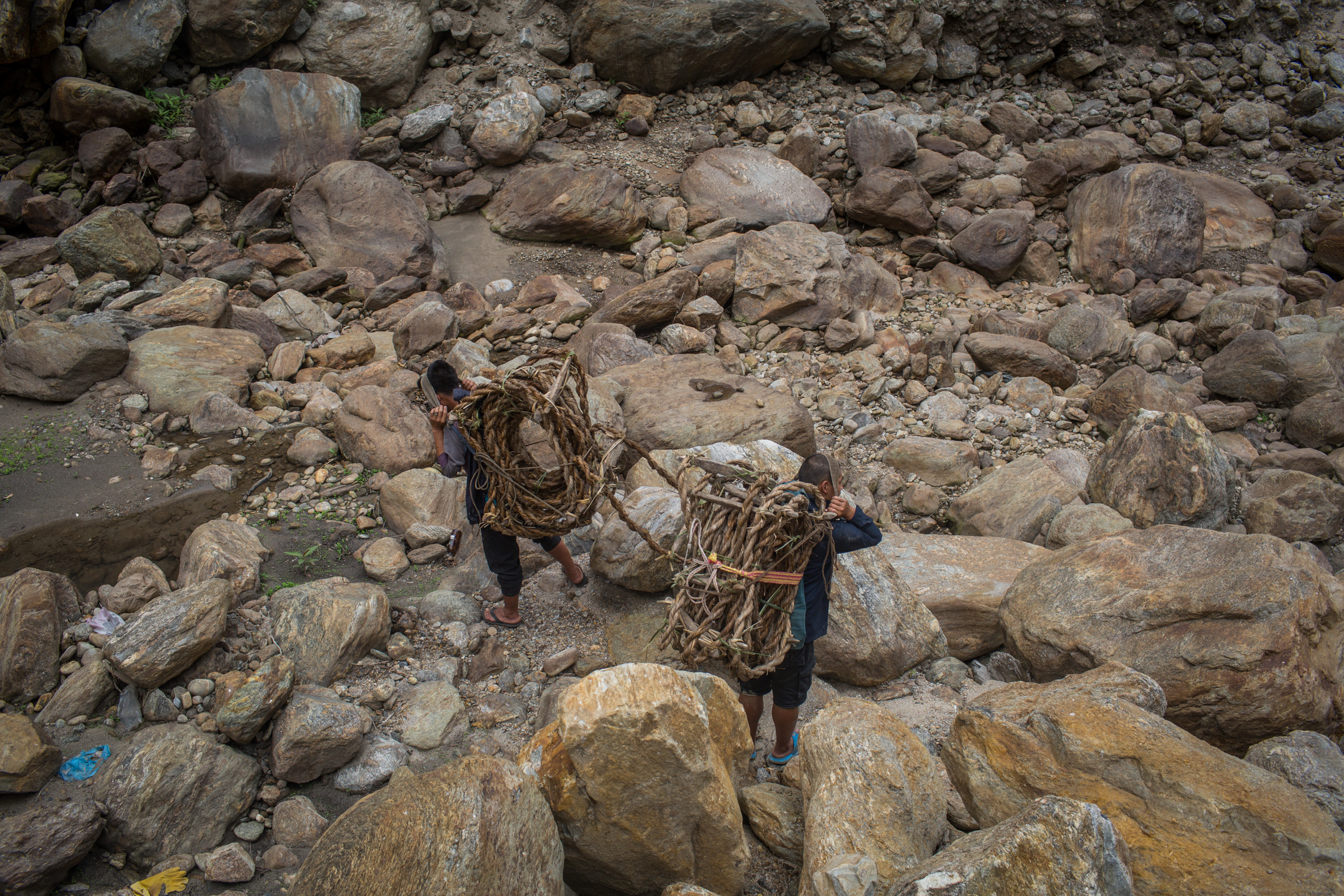
Thapa says that one nest needs four to five litres of water per day. The bees also need the sand and minerals carried by the water to stay healthy. Because of this, the nests are normally near water sources. If running water around the nests dries up, the colonies also start to disappear from the area, Thapa’s research has found.
One of the main honey hunting sites near Naiche village is just downstream of the under-construction dam for the 30 MW Nyadi Khola hydropower project, work on which started in 2017. Ganga recalls there used to be 22 nests on the cliffs near the project; fewer than half remain.
He attributes this to disturbance created by the blasting and construction work, as well as the pollution from the vehicles.
Soon, Ganga worries, there may be no more water in the section of the river beneath the nests, downstream of the Nyadi Khola dam and before the outlet of its turbine. “In future when the water goes inside the tunnel making the river dry, the wild bees may find this location unsuitable for making hives,” says Ganga.
